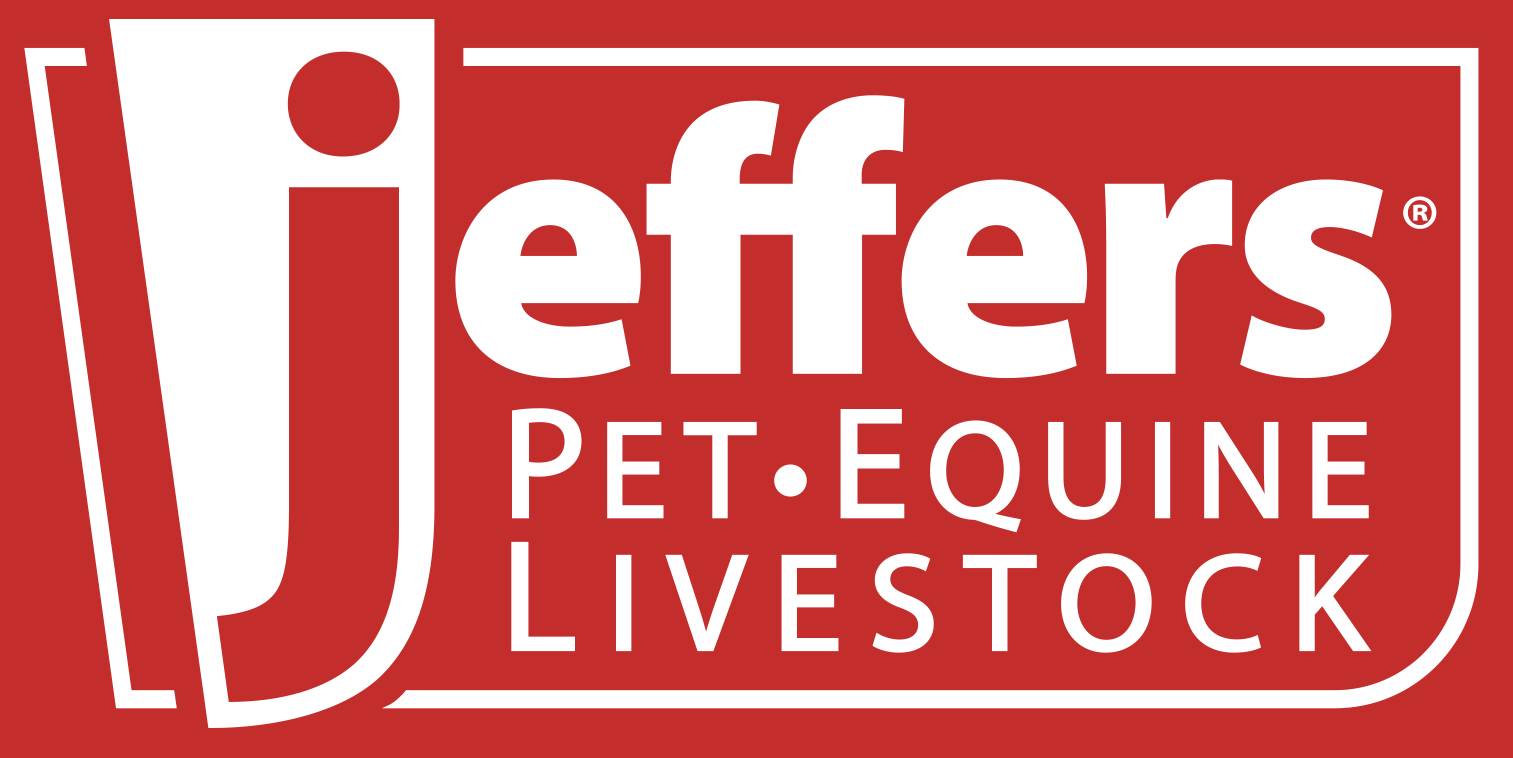Raising Miniature Livestock
Posted January 30, 2015 in Livestock Blog by Jeffers Staff

 Do you know how to successfully raise miniature livestock, such as goats, sheep, donkeys, pigs, llamas and alpacas? What about miniature cattle and horses? There are a lot of ins and outs to these animals’ breeding, feeding, housing, diet, nutrition, exercise, disease prevention and treatment.
Do you know how to successfully raise miniature livestock, such as goats, sheep, donkeys, pigs, llamas and alpacas? What about miniature cattle and horses? There are a lot of ins and outs to these animals’ breeding, feeding, housing, diet, nutrition, exercise, disease prevention and treatment.
Miniature livestock comes in three categories:
- Naturally small breeds that evolved into a diminutive size to better survive their conditions, such as Shetland ponies, San Clemente Island goats and Soay sheep.
- Small breeds that kept their breed character even when parent breeds were selected for their larger size, such as Miniature Jersey cattle and Babydoll Southdown sheep.
- Breeds that were miniaturized by breeders who selectively bred for a smaller size, even if another established small breed was intermixed to do so. This includes Miniature Highland and Miniature Longhorn cattle.
 The following is an excerpt from the book, Storey’s Guide to Raising Miniature Livestock, by Sue Weaver. It promises that whether you’re a new or an experienced farmer, you’ll find everything you need to keep your minis healthy and productive.
The following is an excerpt from the book, Storey’s Guide to Raising Miniature Livestock, by Sue Weaver. It promises that whether you’re a new or an experienced farmer, you’ll find everything you need to keep your minis healthy and productive.
Why Raise Miniature Livestock?
Ask a host of established hobby farmers and most will agree that there is little (if any) money to be made in commercial, full-size livestock. Feeder cattle, market hogs, and standard lamb-and-wool operations are faltering. With the cost of keeping farm animals hurtling skyward, steadily increasing numbers of owners and producers are turning to raising smaller breeds of livestock, and wisely so. Miniature livestock requires less housing space, pasture, fencing, and feed than do their full-size counterparts. According to American Miniature Horse Association figures, you can feed, house and maintain five miniatures for the cost of keeping a single standard-size horse. Beef cattlemen can stock two or three miniature Herefords or Lowline Angus to one garden-variety cow (Hereford, Angus, Holstein). And a pair of miniature sheep or goats or even a pig can lodge happily in a doghouse in a fenced backyard.
Minis are easier to handle and less intimidating than commonplace livestock, especially for beginners, children, old folks, and the physically challenged, not only due to their smaller stature but also because many miniatures are specifically bred for calm disposition and tractability. Chores such as hoof trimming, shearing or clipping, giving shots, and administering dewormers are infinitely easier, as is training peewee livestock for show or pleasure.
In most states, keeping miniature livestock (especially cattle and heritage pigs, often goats and sheep, but rarely equines) qualifies landowners for valuable agricultural-use land tax exemptions, even on relatively small parcels of land. And minis are sometimes acceptable where zoning laws prohibit full-size barnyard pets.
You can purchase the book Storey’s Guide to Raising Miniature Livestock right here on JeffersPet.com to continue reading the full text.
